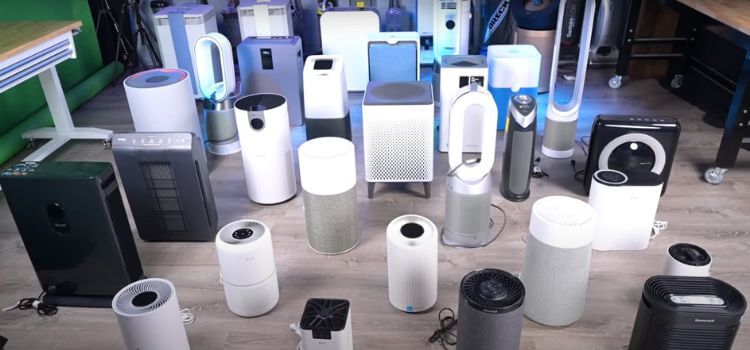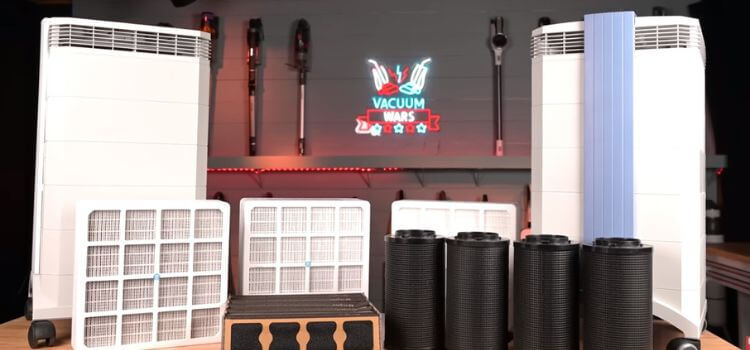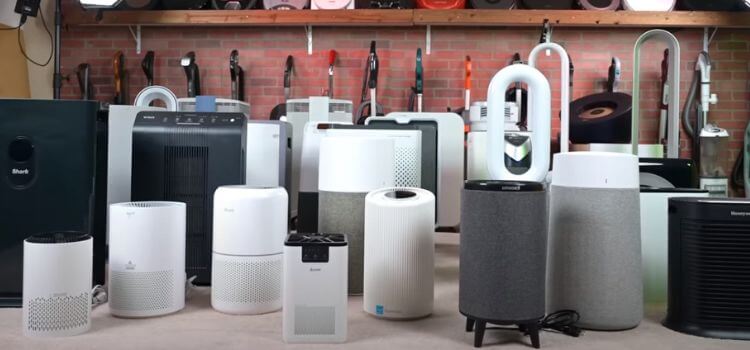As an Amazon Associate, I earn from qualifying purchases.
Air purifier has become a household essential in recent years, with more people recognizing the importance of breathing clean, pollutant-free air. However, a common misconception has surfaced – do air purifiers cool the room? Let’s dive into the details to uncover the truth.

Air purifiers are gaining popularity as people become increasingly conscious of the air they breathe. The market is flooded with various air purifiers, each boasting unique features and benefits. This article will explore the myth surrounding air purifiers and their impact on room temperature.
Understanding Air Purifiers
Before addressing the cooling myth, it’s crucial to understand how air purifiers function. These gadgets are intended to further develop indoor air quality by eliminating impurities like residue, dust, and contaminations. With plenty of choices accessible, purchasers can pick air purifiers custom-made to their particular necessities.
The Cooling Myth
One prevailing misconception is that air purifiers contribute to cooling the room. While it’s true that some air purifiers have fans that circulate air, their primary purpose is not to cool but to purify. It’s essential to distinguish between temperature control and air quality improvement.

How Air Purifiers Work
To comprehend the cooling myth, let’s delve into the mechanics of air purifiers. These devices employ HEPA filters, UV-C light, and activated carbon technologies to trap and eliminate particles. The emphasis here is on removing impurities rather than altering room temperature.
Temperature vs. Air Quality
The confusion often arises from the assumption that cleaner air feels more relaxed. While purified air contributes to a more comfortable environment, it doesn’t directly influence room temperature. Recognizing the distinction between the two is crucial for a nuanced understanding.
Factors Influencing Room Temperature
Air conditioning, fans, and ventilation are pivotal in cooling a room. Air purifiers, on the other hand, focus on enhancing air quality without significantly affecting temperature. Understanding these distinctions is critical to setting realistic expectations.

Choosing the Right Air Purifier
Selecting the appropriate air purifier involves considering factors beyond cooling. Look for features like CADR (Clean Air Delivery Rate), filtration technology, and room size compatibility. A well-chosen air purifier can contribute to a healthier living space.
Energy Efficiency
Comparing the energy consumption of air purifiers with traditional cooling methods is essential. While air purifiers are generally energy-efficient, their primary benefit lies in purifying the air. Users should weigh the environmental impact of both approaches.
Improving Indoor Air Quality
Enhancing air quality extends beyond relying solely on air purifiers. Regular cleaning, proper ventilation, and reducing indoor pollutants contribute to a healthier living environment. Consider these holistic strategies for comprehensive well-being.
Real-life Experiences
Let’s hear from individuals who have incorporated air purifiers into their homes to provide a practical perspective. While their experiences attest to improved air quality, it’s essential to note their observations on room temperature and overall comfort.

The Future of Air Purifiers
As technology advances, so do air purifiers. Innovations in sensor technology, intelligent features, and improved filtration methods are on the horizon. These developments may redefine the future relationship between air purifiers and room comfort.
Debunking Common Myths
Isolating reality from fiction is urgent in grasping the genuine abilities of air purifiers. We’ll address common misconceptions and provide scientific insights to debunk myths surrounding these devices.
Practical Tips for Maximum Effectiveness
To augment the advantages of air purifiers, follow these reasonable tips. From ideal position to ordinary support, these proposals guarantee that your air purifier works at top proficiency, adding to a better indoor climate.

Conclusion
In conclusion, air purifiers do not cool the room in the traditional sense. While they enhance air quality, other methods are more effective for temperature control. Combining air purifiers with suitable cooling solutions, a balanced approach ensures a comfortable and healthy living space.
FAQs
While air purifiers contribute to better air quality, they don’t replace the cooling capabilities of air conditioning.
No, not all air purifiers have fans. Some rely on passive filtration methods without circulating air.
Indirectly, cleaner air can contribute to a more comfortable environment but doesn’t lower the room temperature.
Air purifiers’ effectiveness is not climate-dependent, but choosing one suitable for room size is essential.
Filter replacement frequency varies by model. Refer to the manufacturer’s guidelines for optimal performance.
As an Amazon Associate, I earn from qualifying purchases.
Leave a Reply